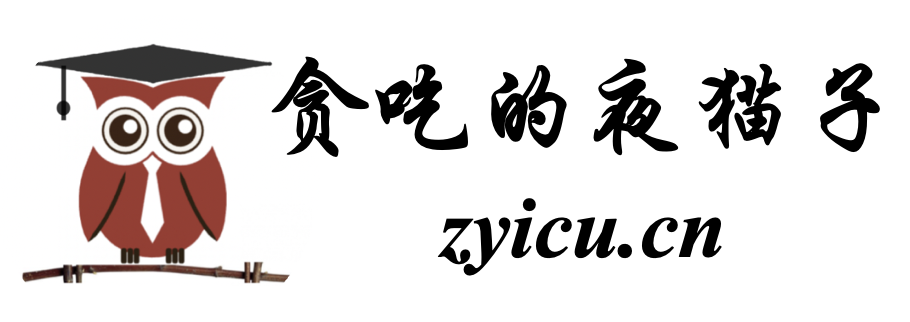A 70-year-old woman with chronic ischemic heart failure and ejection fraction of 15% is in the ICU for acute exacerbation of heart failure. She has no valvular abnormalities and is being evaluated for possible revascularization. She has had previous cardiac catheterizations, which demonstrated multiple proximal left-sided lesions that were not amenable to percutaneous revascularization and stenting. Past medical history also includes diabetes mellitus, chronic obstructive pulmonary disease, obesity, and hypertension. Chest radiograph demonstrates bilateral infiltrates. She is intubated and placed on mechanical ventilation. She becomes hypotensive; pulmonary artery and radial artery catheters are inserted. The cardiac index (CI) is 1.1 L/min/m2 and dobutamine is started without commensurate increase in CI. She becomes hypotensive, and her heart rate increases from 85 to 110 beats/min with ST changes.
Which of the following is the most appropriate next step in management ?
A. Give 2 liters of IV fluids rapidly to increase mean arterial pressure (MAP).
B. Start esmolol infusion to decrease heart rate.
C. Insert intra-aortic balloon pump to unload left ventricle and increase coronary perfusion pressure.
D. Start phenylephrine infusion to increase MAP.
答案解析:
该患者的心脏迅速衰竭,需要立即稳定病情,直至接受明确的手术治疗或血流动力学稳定。其他可能的干预措施包括置入替代心脏辅助装置。特别是,在插入心脏辅助装置后开始去氧肾上腺素输注可能是一种可行的干预措施,作为这种急性情况下的主要干预措施,将增加后负荷并进一步降低心脏指数。患者已经患有暴发性充血性心力衰竭,给予更多的液体会加重她已经虚弱的血流动力学状况。在其他类似情况下可谨慎使用低剂量艾司洛尔,但无疑会导致患者低血压。
正确答案:C

原创文章(本站视频密码:66668888),作者:xujunzju,如若转载,请注明出处:https://zyicu.cn/?p=13173

 微信扫一扫
微信扫一扫  支付宝扫一扫
支付宝扫一扫 